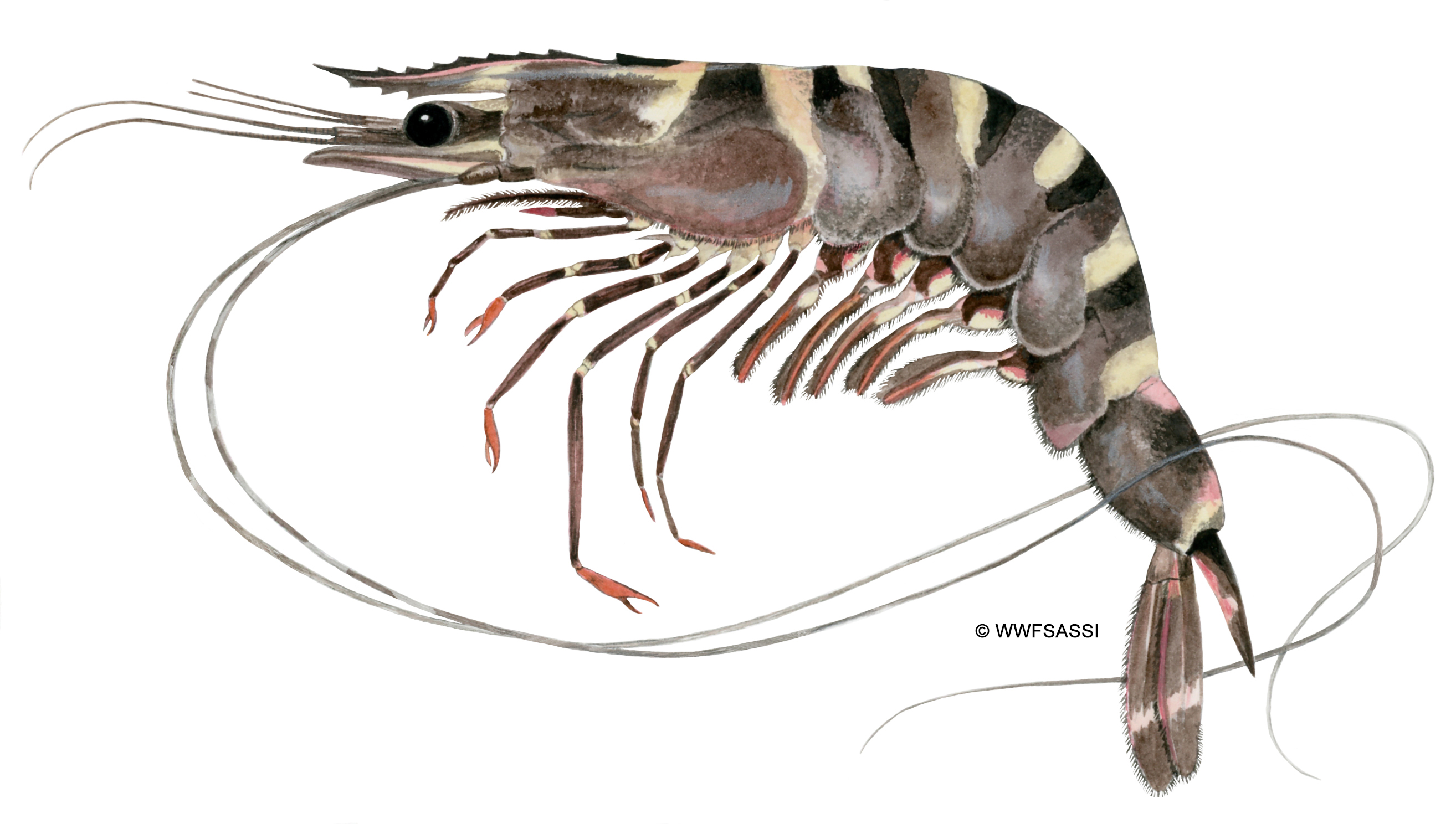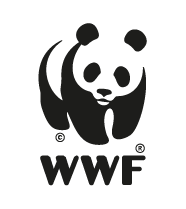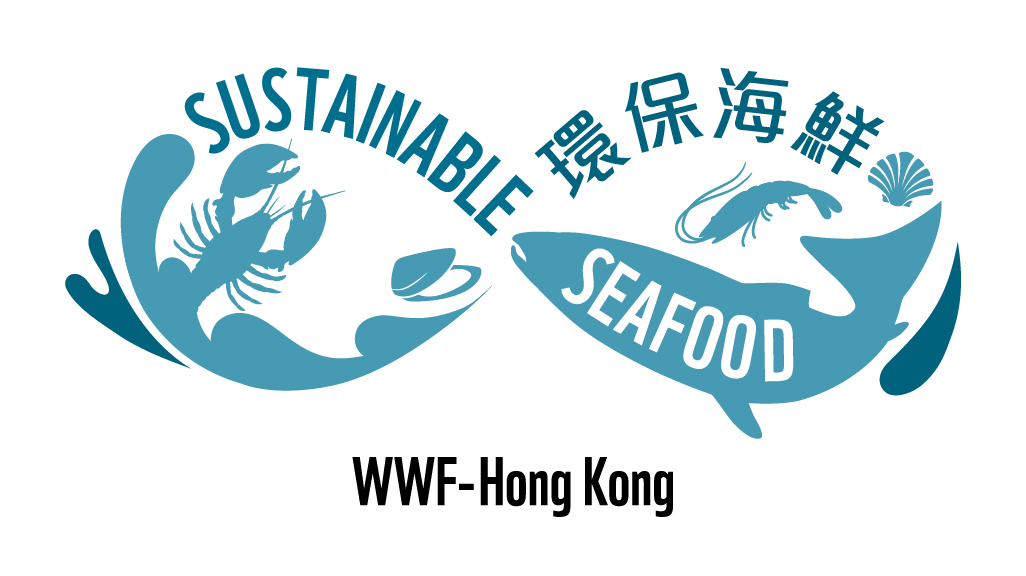
Hatchery-based seed production with mainly wild-caught broodstock.
Feed input is required in this system. The fish-in-fish-out ratio is low, meaning that low volumes of fish feed are used to produce one kilogram of giant tiger prawn. Feed traceability policies are strong and verifiable with most sources of feed ingredients certified environmentally responsible by reliable standards. There is transgenic (GM) plant material in the feed component.
Frequent water exchange and effluent is discharged into the open water under this production method. Continuous negative impact on sensitive habitats in favour of shrimp farming expansion despite ongoing efforts to restore mangrove habitats. The escape risk is high, with escapes occurring during water exchanges, harvests and flooding. Since the species is native to Vietnam, the environmental impact is low. Diseases are a problem in shrimp farming, to control disease outbreak, farmer will use limited amount of chemical.
Vietnam has extensive environmental legislation but in general strict enforcement is lacking. The overall management is marginally effective.




